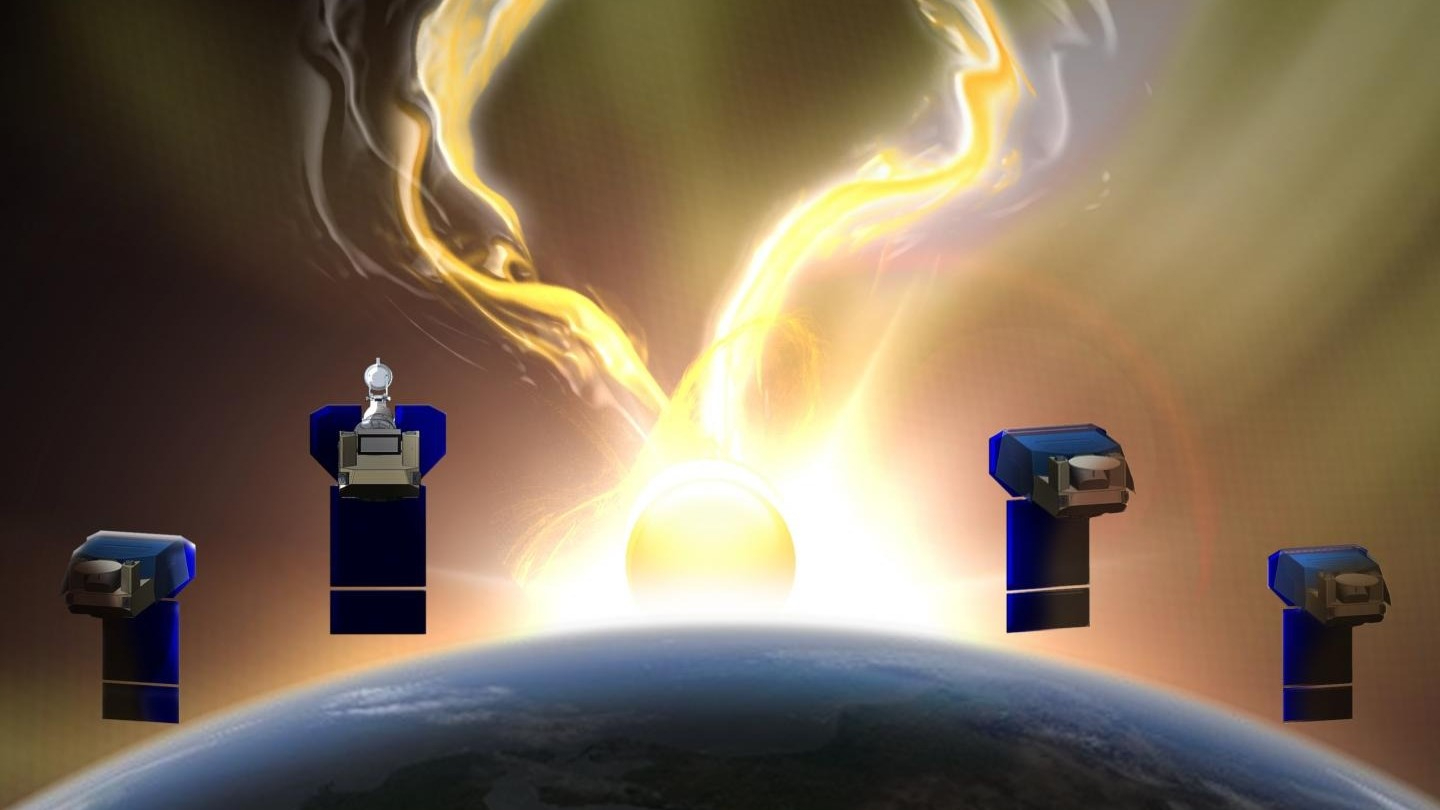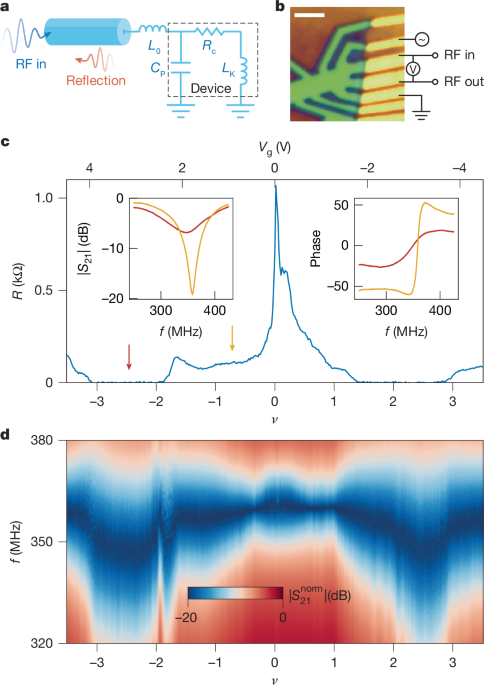Gaia Was Right. It Did Find a Planet.
The ESA’s Gaia mission mapped the positions and velocities of stars with extreme precision by measuring about one billion stars multiple times. It created a massive 3D map of the Milky Way that will pay scientific dividends for years to come. Gaia is based on astrometry, the study of the positions and movements of celestial … Continue reading "Gaia Was Right. It Did Find a Planet." The post Gaia Was Right. It Did Find a Planet. appeared first on Universe Today.

The ESA’s Gaia mission mapped the positions and velocities of stars with extreme precision by measuring about one billion stars multiple times. It created a massive 3D map of the Milky Way that will pay scientific dividends for years to come. Gaia is based on astrometry, the study of the positions and movements of celestial objects.
Gaia also tentatively detected some planets, and new radial velocity studies have now confirmed the existence of one of them. The planet is an important outlier in exoplanet science.
Gaia wasn’t designed to be a planet finder, but it found some anyway. Since the spacecraft was built to measure stars, the planets it found are massive, and they orbit low-mass stars. These planets tug on their stars, and Gaia can detect the way the stars wobble. However, follow-up observations were required to confirm them.
Now, researchers have used the NEID spectrograph on the WIYN 3.5-meter Telescope at the NSF’s Kitt Peak National Observatory to measure these stellar wobbles and the planet and brown dwarf that cause them via radial velocity. Their results are in a paper published in The Astronomical Journal. Its title is “Gaia-4b and 5b: Radial Velocity Confirmation of Gaia Astrometric Orbital Solutions Reveal a Massive Planet and a Brown Dwarf Orbiting Low-mass Stars.” The lead author is Gudmundur Stefansson from the Anton Pannekoek Institute for Astronomy at the University of Amsterdam.
“Gaia is more than living up to its promise of detecting planetary companions to stars with highly precise astrometry…”Jayadev Rajagopal, co-author, NSF NOIRLab
The most recent Gaia data release contains a list of Gaia AStrometric Objects of Interest (Gaia-ASOIs). They’re stars that appear to be moving as if influenced by an exoplanet.
In a press release, lead author Stefansson said, “However, the motion of these stars is not necessarily due to a planet. Instead, the ‘star’ might be a pair of stars that are too close together for Gaia to recognize them as separate objects. The tiny shifts in position that appear to be due to a planet might actually result from the nearly perfect cancellation of the larger shifts in position of the two stars.”
Follow-up spectroscopy can do what Gaia can’t and determine if the objects are binary stars or stars and their orbiting planets. The researchers used the NEID spectrograph and two others—the Habitable-zone Planet Finder and the FIES Spectrograph to perform follow-up observations. In radial velocity, spectrographs measure the blue-shifted and red-shifted light from stars as nearby planets tug on them and make them wobble. It takes extreme precision to do this, and all three spectrographs are capable of it.

The researchers examined 28 separate star systems where Gaia detected candidate exoplanets.
According to the results, 21 of the systems have no substellar companions. Instead, these 21 are binary star systems. Five others are inconclusive and require more observations and data before they can be confirmed or refuted.
However, two of the 21 are confirmed: one is an exoplanet now named Gaia-4b, and one is a brown dwarf named Gaia-5b.
Gaia-4b is a massive exoplanet with about 11.8 Jupiter masses. It follows a 571-day orbit around a star with a mass of 0.644 solar masses. It has the distinction of being the first confirmed exoplanet found by Gaia. It’s also one of the most massive planets that have ever been detected orbiting a low-mass star, reflecting the observational bias inherent in Gaia’s method.

“It is an exciting time for both NEID and Gaia,” said Jayadev Rajagopal, a scientist at NSF NOIRLab and a co-author of the paper. “Gaia is more than living up to its promise of detecting planetary companions to stars with highly precise astrometry, and NEID is demonstrating that its long-term radial velocity precision is capable of detecting low-mass planets around those stars. With more candidate planets to come as roughly the last year of data is analyzed, this work is a harbinger of the future where Gaia discoveries of planets and brown dwarfs will need to be confirmed, or rejected, by NEID data.”
Gaia-5b is a brown dwarf, an object in between planetary mass and stellar mass. Gaia-5b has about 21 Jupiter masses and follows a highly eccentric 358-day orbit around a star with a mass of about 0.34 solar masses.
This study highlights how effective Gaia’s astrometric capabilities are for detecting exoplanets and brown dwarfs. It also exemplifies how different observational techniques—astrometry and radial velocity spectrometry—can work together for more robust results. The combined methods can find a wider range of substellar companion masses and orbital characteristics compared to the transit method, for example.
“If we want to understand how planets are formed, it is necessary to have a vision of how the whole planetary system is composed,” said the ESA’s Ana Heras in a separate press release. “Currently, our vision of most systems is only partial because each detection technique is efficient for a certain range of planet sizes and orbital periods. Being able to combine all techniques and data is critical to understand what planetary systems look like and to put our Solar System in context.”
Gaia-4b is an outlier in exoplanet discoveries. Finding such a massive planet around such a low-mass star is a big test for our planet formation theories. “With respect to stellar host-star mass, the occurrence of massive planets is known to decrease with decreasing stellar mass,” the authors write in their paper. “This has been connected to the fact that less massive stars tend to have less massive protoplanetary disks.” If Gaia and the NEID spectrograph and other facilities can find and confirm more of these massive planets, maybe researchers can make progress in understanding how they form.

Astronomers expect to find more massive exoplanets and brown dwarfs in Gaia data and confirm some of them with spectrographs like NEID. Due to Gaia’s observational method, there will likely be more “outliers” in the data. These outliers are needed to help us understand planet formation and solar system architecture.
“These detections represent the tip of the iceberg of the planet and brown dwarf yield expected with Gaia in the immediate future, enabling key insights into the masses and orbital architectures of numerous massive planets at intermediate orbital periods,” the authors conclude.
The post Gaia Was Right. It Did Find a Planet. appeared first on Universe Today.

















_Agata_Gładykowska_Alamy.jpg?#)






















































